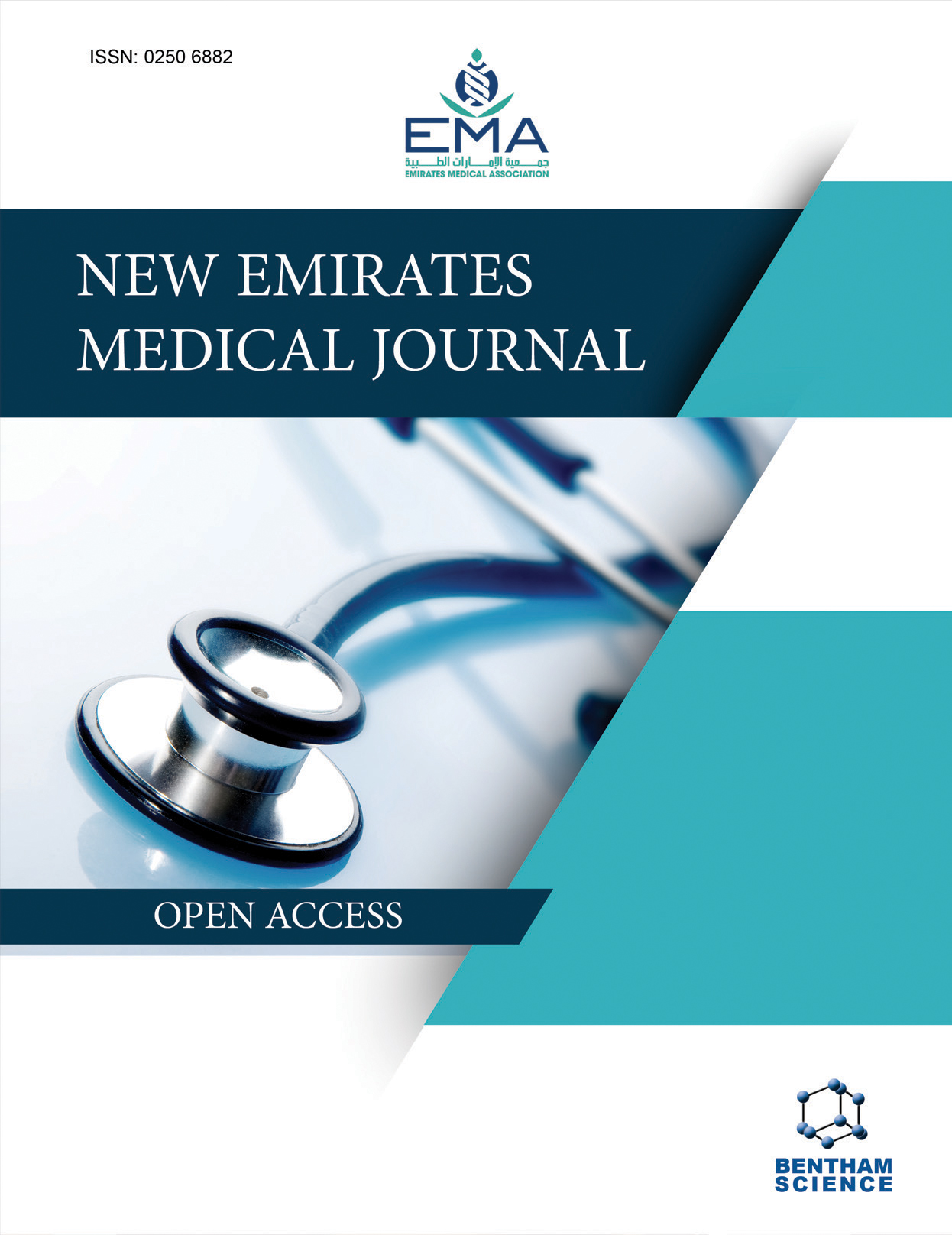-
oa Diagnosis and Management of the Connective Tissue Disease-associated PAH in the UAE
- Source: New Emirates Medical Journal, Volume 5, Issue 1, Jan 2024, e02506882333536
-
- 27 May 2024
- 10 Oct 2024
- 01 Jan 2024
Abstract
Pulmonary arterial hypertension (PAH) is a frequent complication of connective tissue diseases (CTDs), such as systemic sclerosis (SSc), mixed connective tissue disease, systemic lupus erythematosus (SLE), and, to a lesser extent, dermatomyositis, rheumatoid arthritis, and Sjögren syndrome. Connective tissue disease-associated PAH (CTD-PAH) is the second most common cause of PAH, following the idiopathic form of PAH. Nearly 15%–30% of patients with SSc develop PAH and have a very poor prognosis and survival rates compared to idiopathic PAH. Also, the majority of these patients present with substantial functional impairment and severe hemodynamics at diagnosis. Therefore, an early diagnosis of CTD-PAH through annual systematic screening and appropriate treatment is crucial in order to achieve optimal clinical outcomes and has been strongly recommended with the highest level of evidence in rheumatology, cardiology, and pulmonary guidelines since 2014. Unfortunately, annual screening in at-risk CTD-PAH patients is not being performed in the majority of patients, leading to substantial delays in therapy.



